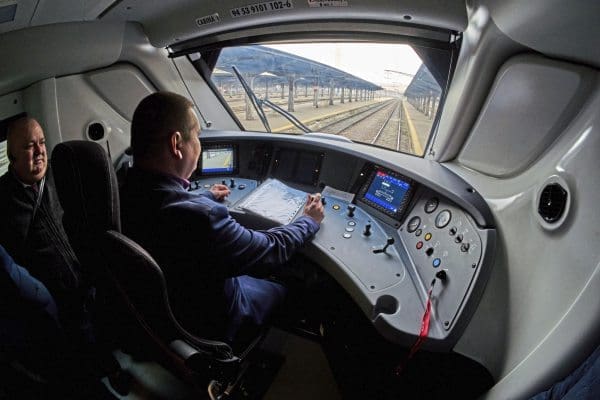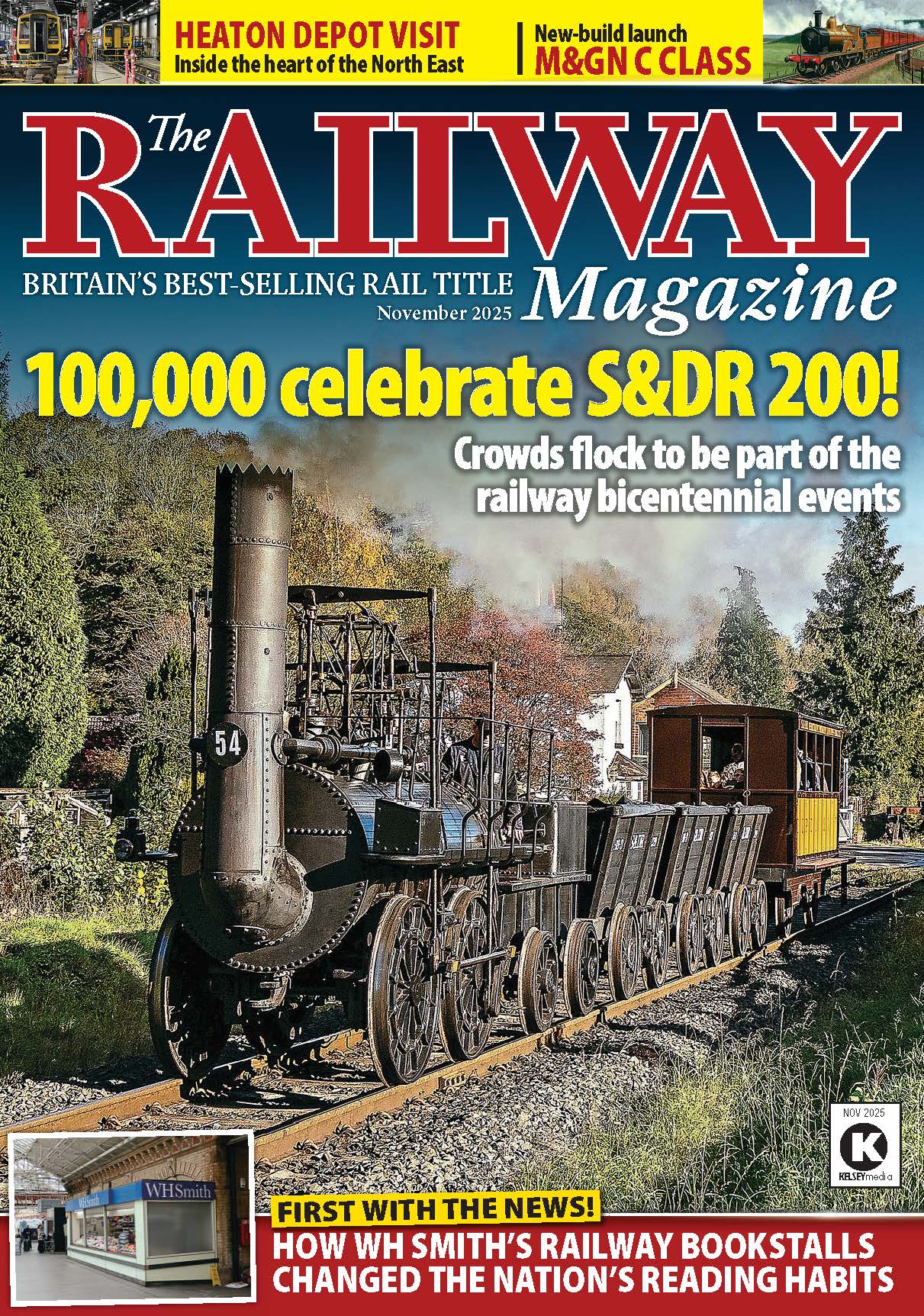We have received payment for the content in this article. Learn more.
Virtual reality is becoming an increasingly important part of how the railway industry trains its workforce.

From station staff to locomotive engineers, immersive simulation offers a safe, repeatable and cost-effective way to introduce new recruits to complex tasks. With enhanced visual and auditory feedback, virtual reality (VR) provides a realistic environment where mistakes are learning tools rather than costly setbacks.
Unlike traditional classroom settings, ‘virtual’ training allows rail workers to practise responses to real-life situations – emergencies, weather events, mechanical failures – before they ever set foot near the track. This new wave of technology is helping railways keep pace with modern demands while maintaining strict safety standards.
The shift toward digital training isn’t just a passing trend, it’s rapidly becoming an industry standard. Modern driving simulators are now equipped with sophisticated software that mimics everything from terrain to weather to real-time passenger feedback. For engineers and signal operators, this kind of training reduces the steep learning curve typically associated with the job. It also helps organisations cut costs on fuel and maintenance, as fewer real-world training hours are required. Trainees can clock hundreds of hours in a virtual cab before they’re ever scheduled to shadow a working train, ensuring they’re more confident and capable from day one.
Interestingly, some of the most dynamic progress in VR design comes from the entertainment industry, especially online casinos. Technologies first developed to create immersive slot games and interactive casino environments are now influencing the fidelity and realism of rail simulators. For example, a casino without Gamstop often employs advanced 3D modelling and motion capture to build lifelike gaming experiences that transport users to exotic virtual spaces.
These same techniques are often being applied in rail simulation, helping engineers feel the precise motion of braking or the tension of navigating a curved track.
This influence works both ways. On a different note, the mental demands of train driving, requiring sustained attention, precise timing, and quick decision-making, mean that rest and relaxation are vital. Online gaming, including casino platforms, offers a convenient way to unwind during breaks. A short session of digital card games or themed slots can offer just enough of a mental reset without pulling the individual too far out of their work mindset. For many engineers and operations staff, gaming has become an enjoyable part of their downtime, allowing them to decompress while staying engaged.
The rise of VR in railway training also allows for highly tailored learning. Simulations can be adjusted for experience levels, route familiarity, or even specific challenges an operator is expected to face in their role. Unlike traditional methods where all trainees received identical lessons, VR allows for adaptability. A driver heading for a rural route can train on precisely that trip. Someone scheduled to work a busy city centre station can practise handling rush hour pressure, complete with crowd simulations and unexpected delays, all before they encounter the real thing.
Another significant advantage of VR simulation is its ability to support remote learning.
In the past, rail recruits would have to travel extensively for training, spending days or weeks away from home. Now, with portable VR setups and networked simulators, much of this learning can be done remotely or at satellite facilities. This not only reduces logistical costs but also makes training more accessible to people in rural or underserved areas. It’s a practical way to expand the rail talent pool and ensure a more resilient workforce across the board.
Signal operators in particular benefit greatly from simulation. VR scenarios can replicate signal failures, power cuts and even cybersecurity threats in a safe, controlled setting. Operators learn how to respond calmly under pressure, a skill that’s difficult to teach without real world stakes. The ability to replay a training moment, slow it down and analyse decision-making in detail is invaluable. It’s also useful for reviewing incidents or identifying where communication between teams could be improved, all within a digital environment that poses no actual risk.
Beyond training, simulation is helping with route testing and system design. Engineers can use virtual tools to model new train configurations, track layouts or station designs before breaking ground. This helps identify bottlenecks and inefficiencies early in the process, saving both time and money. It also ensures that when new services do launch, they’re more likely to run smoothly from day one. In this sense, simulation isn’t just about preparing people, it’s about perfecting the entire system before it’s built.
Looking ahead, we could see even more overlap between the worlds of gaming, casino design and railway simulation. With virtual reality advancing at such a fast pace, the boundaries between work and entertainment tech are continuing to blur.
For rail professionals, this means better training, safer operations and more dynamic career paths. And for the public, it translates to a smoother, more reliable rail experience. The future of railway training isn’t just digital, it’s immersive, responsive and informed by the best of other industries.

